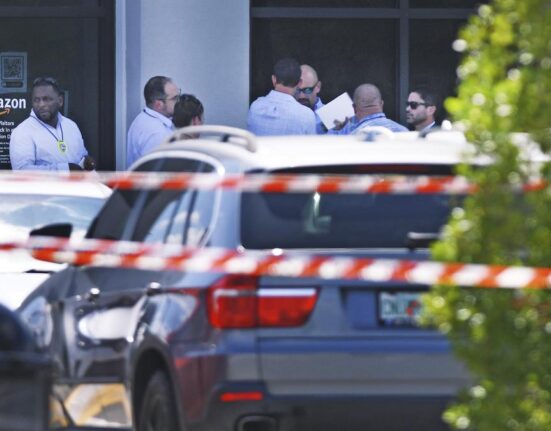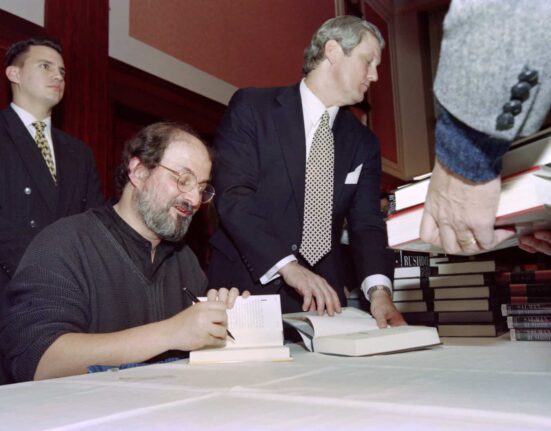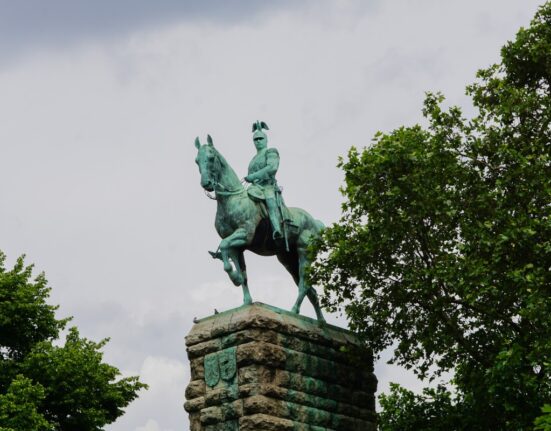In a poignant and long-overdue homecoming, the skulls of 19 Black Americans have finally returned to New Orleans after more than a hundred years spent in Germany. These individuals were not just anonymous specimens; they had names, stories, and families.
Meet Marie Louise, a proud New Orleanian who tragically succumbed to malnutrition. Hiram Malone left his home in Alabama only to face a fatal battle with pneumonia upon reaching Louisiana. Samuel Prince, a skilled cook, fell victim to tuberculosis at the age of 40. They were among the 19 patients who passed away at a New Orleans hospital in the 1870s.
Their remains traveled across oceans to be studied as part of the pseudo-science known as phrenology – an outdated belief that linked skull shape with intelligence and morality. This disturbing practice perpetuated racial stereotypes and false hierarchies, tarnishing these individuals’ dignity even after death.
Fortunately, after years of advocacy and collaboration, their skulls have been repatriated from Germany back to Louisiana. The University of Leipzig took responsibility for their unethical acquisition during colonial times and facilitated their return through extensive coordination between various institutions.
During a moving multi-faith memorial ceremony held in New Orleans, historian Eva Baham reflected on the significance of this repatriation effort:
“We can’t be sure exactly where they came from… But we can’t stay angry or upset. We must acknowledge what happened and strive towards healing.”
The process of returning these remains highlights broader issues surrounding cultural heritage restitution. Many African American artifacts still reside in international collections due to historical injustices and exploitative practices. The return of these skulls marks a step towards rectifying past wrongs while honoring the memory of those who suffered.
Through meticulous research into hospital records and historical documents, scholars have pieced together fragments of these individuals’ lives post-enslavement. Most likely enslaved before gaining freedom after the Civil War, they faced illnesses or institutionalization before meeting their untimely deaths at Charity Hospital in New Orleans.
At the heart-wrenching memorial service for these lost souls, Dillard University students shared biographical details about each individual before bidding them farewell on their final journey home:
“From Africa to Leipzig to New Orleans – justice carries them back with dignity.”
Religious leaders from diverse traditions offered prayers for peace as drumbeats echoed through the chapel.
As white-gloved handlers solemnly carried vessels containing the revered skulls for burial, a jazz band played softly in homage to New Orleans’ vibrant musical culture. The ritual was not just about closure but also about acknowledging that history should serve as a foundation for progress rather than a barrier to healing.
In conclusion, this story is not just about bringing physical remains back; it’s about restoring humanity and dignity to those who were dehumanized by pseudoscientific practices rooted in racism. It’s about recognizing our collective responsibility to confront past atrocities and pave a path forward based on respect and reconciliation.








Leave feedback about this